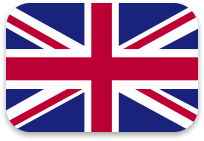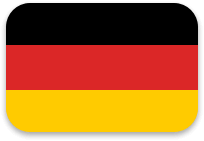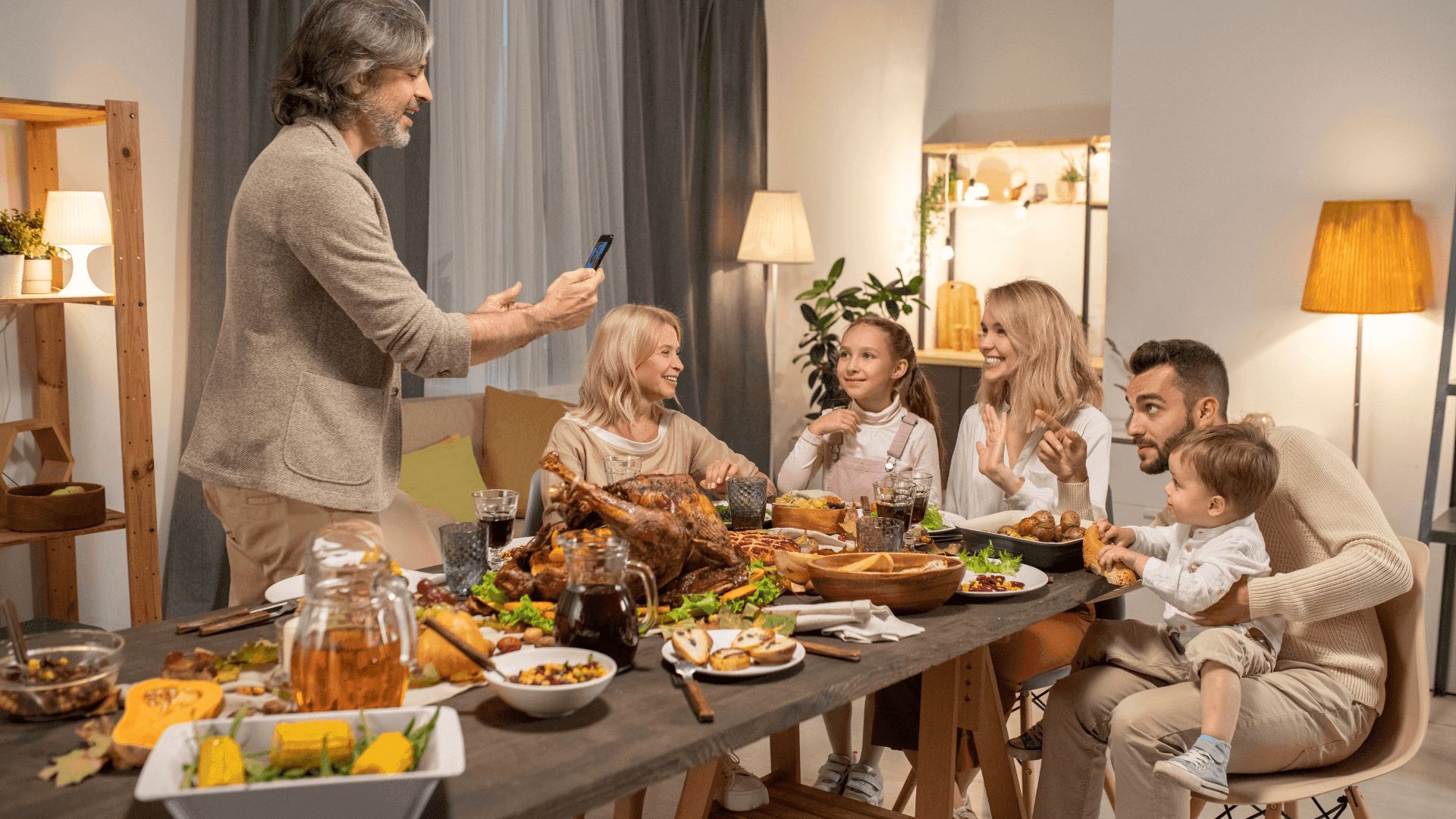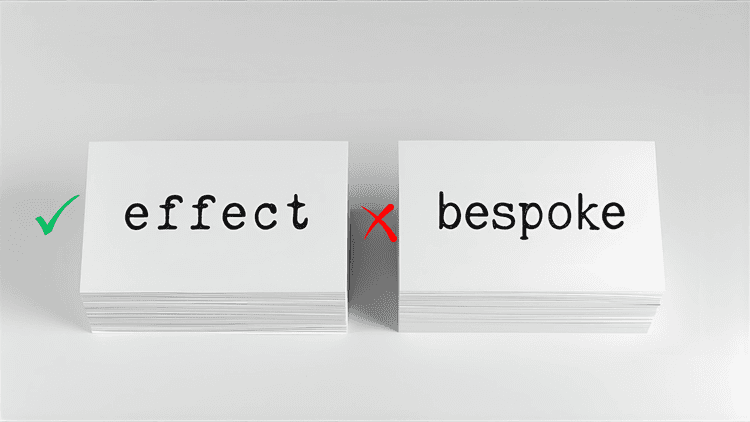A table with turkey, cranberry sauce, and pumpkin pie, a huge family reunion, followed by debates and uncomfortable questions, is that all Thanksgiving is? Once a year, it's worth reflecting on how the holiday began, why it's observed in November, and how the first English settlers thanked Native Americans. On top of that, why does Canada celebrate it sooner than the United States? Let's dive right into the Thanksgiving story and reveal the most popular Thanksgiving traditions.
What Is Modern Thanksgiving?
Thanksgiving is a holiday primarily celebrated in the United States and Canada. Traditionally, families come together for a feast that includes roast turkey and other traditional dishes. People take time to express gratitude, celebrate abundance, and blessings. Stemming from a harvest festival, the idea of holding a feast in autumn resonates with most cultures.
Thanksgiving has evolved into a nationwide holiday with annual events that go beyond family gatherings. One example is the Macy's Thanksgiving Day Parade held in New York City. It is famous for its fascinating floats and balloon displays. Another notable example is hosting a football game on Thanksgiving. The tradition began with the National Football League (NFL) in 1934, when the Detroit Lions hosted a game to attract more fans during the holiday. In 32 years, the Dallas Cowboys joined the trend, along with several colleges and high schools. The main spotlight is on the main NFL game.
Charity plays a significant role around Thanksgiving. People and organizations kick off the season of giving by volunteering their time and resources at soup kitchens and food banks. Donations are collected to provide Thanksgiving dinners for the homeless and anyone in need. Shelters, charity organizations, and anyone willing to donate launch campaigns to encourage acts of kindness.
Merging culture, food, football, and kindness, Thanksgiving opens the holiday season. It is closely followed by Black Friday, Cyber Monday, and the spirit of the winter holidays.
What Day Is Thanksgiving on?
Americans celebrate Thanksgiving on the fourth Thursday of November each year. For that reason, it is on a different date every time. Most people have a day off on Thanksgiving Day. Moreover, it's customary for workplaces and schools to also have Friday off, expanding the national holiday into a four-day-long weekend.
President George Washington set November 26 as the fixed date for the holiday, a day that became known in history as the National Thanksgiving Proclamation. In 1863, President Abraham Lincoln changed the date to the last Thursday of November, which was then changed to the fourth Thursday in November.
The History of Thanksgiving
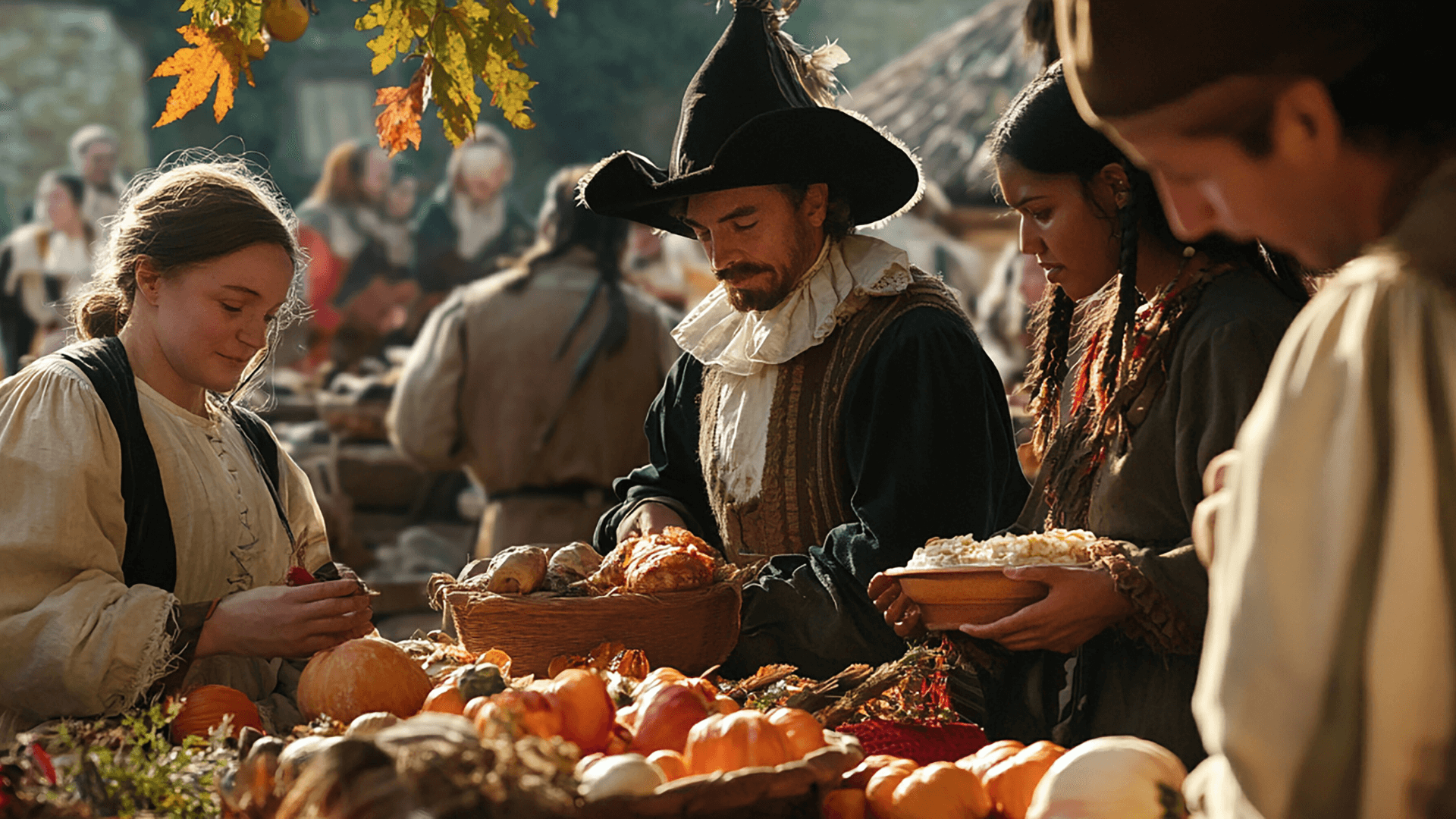
What we know today as the most important American holiday started as a harvest festival organized by settlers to the New World to express gratitude to Native tribes. Canada recorded the first celebration in 1578. Martin Frobisher, an explorer, expressed appreciation for the help he got during his voyage by organizing a feast. In the United States, the famous Plymouth feast took place in 1621.
Early European Settlements
The story of Thanksgiving starts with a group of English Puritans seeking religious freedom. In 1620, they moved from England to America, hoping for a new start. The journey and the settlement were both challenging, and many Pilgrims died during their first winter. They befriended a native, Squanto , who had previously been captured and learned English in Europe. With his help, the Wampanoag tribe taught their new neighbors critical survival skills such as planting corn and fishing. That served as the setting for the Thanksgiving celebrations that followed.
The Harvest Festival
The settlers held a Thanksgiving feast to give thanks to the Indigenous Wampanoag tribe for their help. Another important reason was to celebrate the abundant harvest in the New World, following a harsh drought. The first Thanksgiving merged prayer and celebration into one holiday. Turkey, corn, pumpkin, cranberries, and potatoes were some of the crops the natives taught the new settlers to grow. The foods of the first Thanksgiving meal became traditional for the holiday. The famous Thanksgiving turkey was common in North America, and big enough to feed a family. That made the turkey the centerpiece and the symbol of Thanksgiving. Another iconic symbol is the cornucopia, a horn filled with fruits, vegetables, and grains. The cornucopia became a symbol of abundance and later came to be associated with Thanksgiving.
New England Thanksgiving
A traditional New England Thanksgiving was primarily a harvest celebration combined with religious observance. Local leaders acknowledged the importance of the annual Thanksgiving holiday, publicly expressing gratitude for military victories and for overcoming hardship. As a result, prayers became part of the celebration, adding to the original customs and setting the foundation for what would become the national Thanksgiving Day.
The Proclamation of Thanksgiving as a National Holiday
President George Washington proclaimed Thanksgiving as an official holiday in the United States on November 26, 1789. More presidents issued proclamations on various dates in February, April, and even May. In October 1863, President Abraham Lincoln officially set the federal holiday to be observed on the last Thursday of November. In 1939, President Franklin D. Roosevelt tried to push it back to earlier in November to extend the holiday shopping season, but it didn't work. In 1941, Congress officially fixed the national Thanksgiving holiday on the fourth Thursday in November. That way, the celebration couldn't change further.
5 Thanksgiving Customs and Their Origins
The modern Thanksgiving holiday includes a set of traditions that have become powerful symbols recognized worldwide.
- Forgiving a turkey. Every year, the president of the United States officially pardons a turkey, thus saving it from being served roasted. The tradition originated in the 1940s, when President Truman sent birds to farms due to WWII shortages. The custom was kept under Kennedy's administration and became formal in 1987, when Reagan was president. Taking one turkey off the Thanksgiving menu and letting it live is one of the most beloved traditions.
- Breaking the wishbone. After carving the turkey, the Y-shaped bone from the chest is set aside. Two people attending the dinner take opposite sides of the bone, each making a wish, then pulling the bone until it breaks. The person who ends up with the bigger piece is believed to have their wish granted.
- Having turkey for dinner. Although the turkey was the traditional meal at the first Thanksgiving feast, it gained popularity later. In the 19th century, Sarah Josepha Hale's magazine recipes and the Lincoln family's meals popularized the turkey, making it central to a traditional Thanksgiving.
- Saying what you're thankful for. A custom rooted in the first Thanksgiving day, expressing gratitude, was cemented as a tradition during Lincoln's presidency, when the national day of Thanksgiving was officially proclaimed. Lincoln encouraged giving thanks, a habit that is preserved to this day. American Thanksgiving is associated with gratitude, and family members take turns sharing what they're thankful for.
- Macy's Thanksgiving Day Parade. The first edition was organized in 1924 to mark the beginning of the holiday shopping season. The parade featured floats, bands, and huge balloon characters. Macy's parade still fulfills its purpose, transitioning from the traditional spirit of Thanksgiving to the winter holidays.
Share the Love of Learning with FunEasyLearn
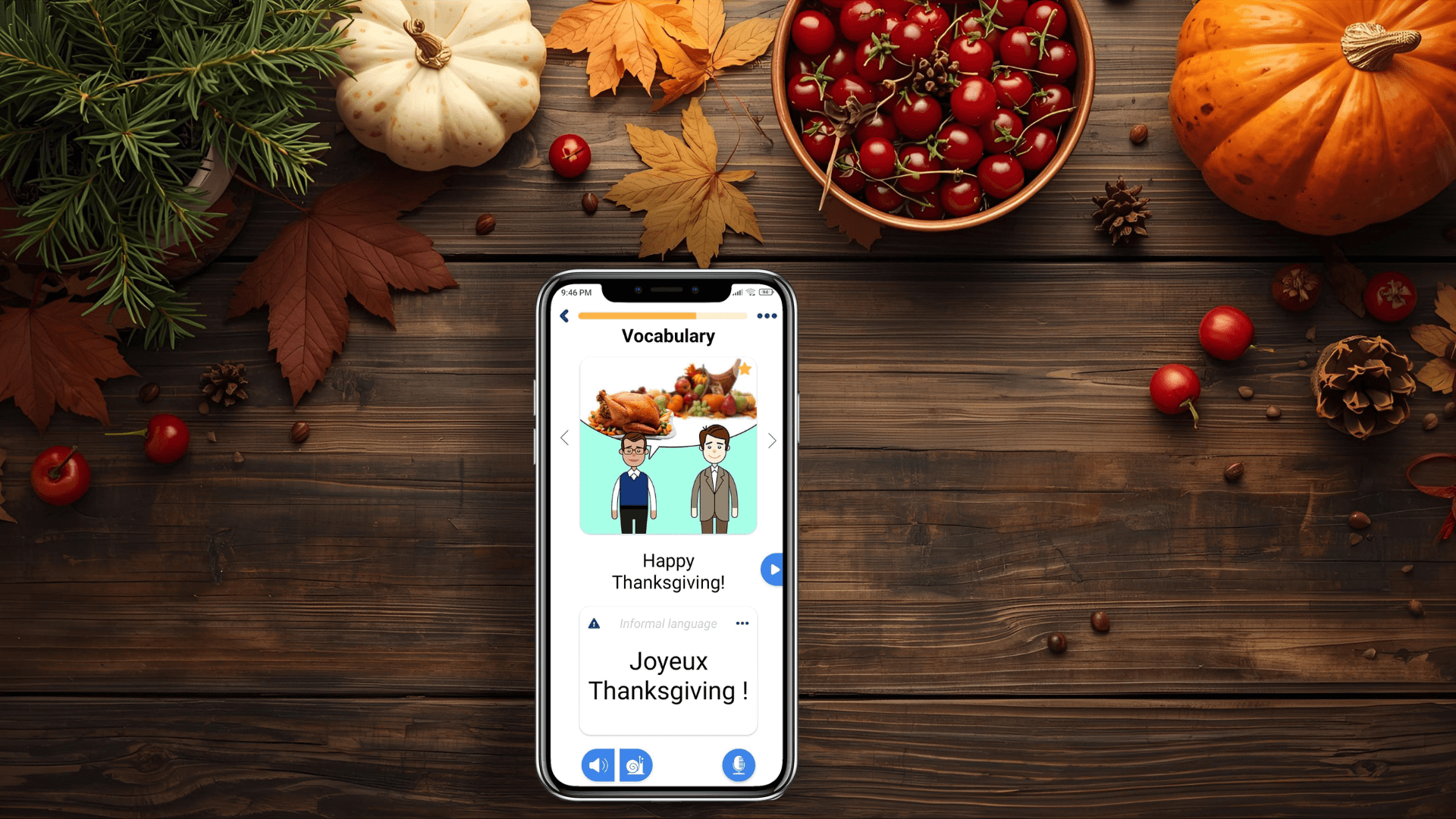
As an award-winning language learning app, FunEasyLearn caters to the entire family. Millions of learners of all ages master languages every day by playing fun educational games 10 minutes a day. Grown-ups can focus more easily thanks to the Premium plan's zero ads and convenient offline mode. Children can learn safely with a Child mode that adjusts content to suit young learners under 13. That way, one app meets the needs of the entire family. For those who'd like to share language learning with their loved ones, FunEasyLearn has a convenient Family Subscription.
The key features of the Family Plan include the following:
1) Six members total
If you want to start a Family Plan, you can add up to five members.
2) All Premium benefits
You share all the benefits of Premium with the members in your Family Plan. More specifically, each member unlocks the below:
- Full course content;
- All Premium features: Review systems, Hands-free, Favorites;
- All levels unlocked.
3) Group management
As the owner of the Family Plan, you can easily remove one member and add another one. That way, if one member already has a Premium subscription, you can add another member to your Family Plan, such as a relative or friend.
The Family Plan is a wonderful, thoughtful gift for language enthusiasts. Ideal for learners of any age and background, the subscription is handy around the holiday season, making it a gift suitable from Thanksgiving to Christmas and beyond.
How would you like to empower the entire family to master new languages with a single subscription?

